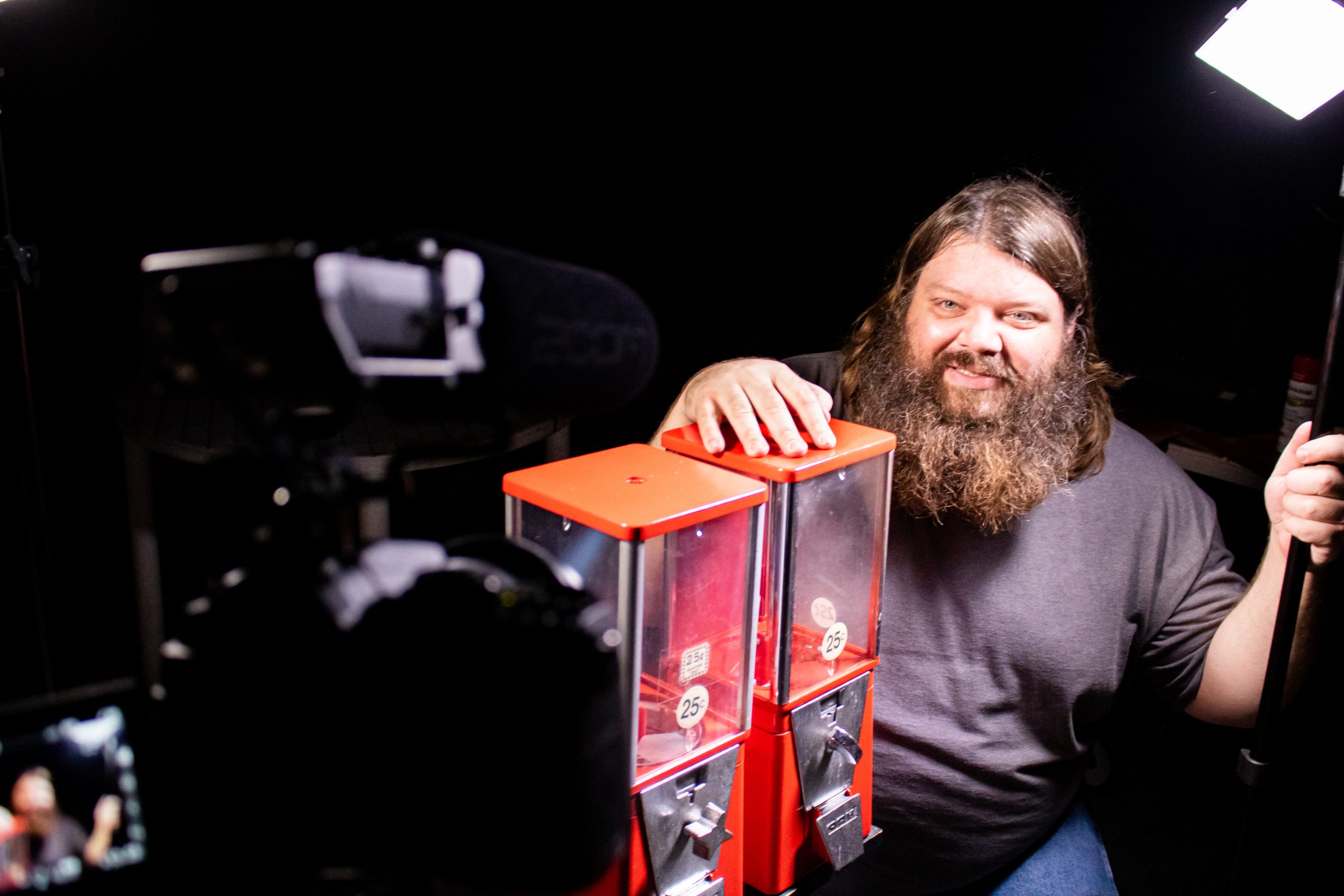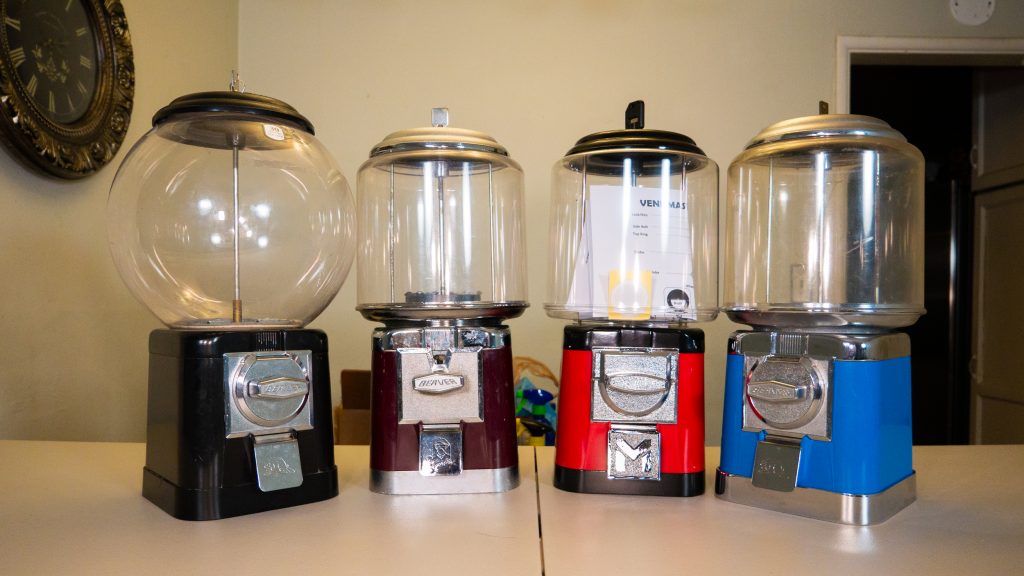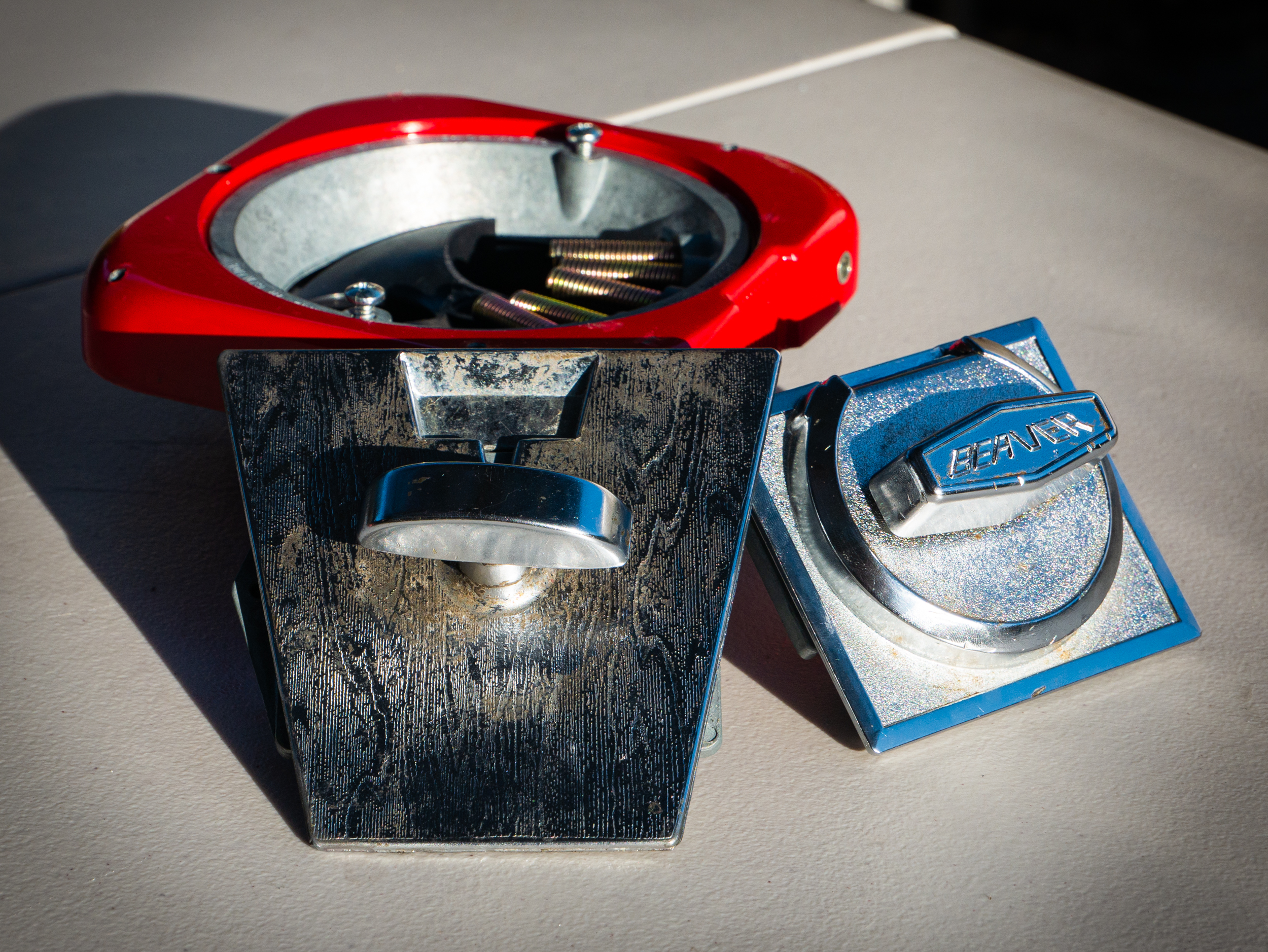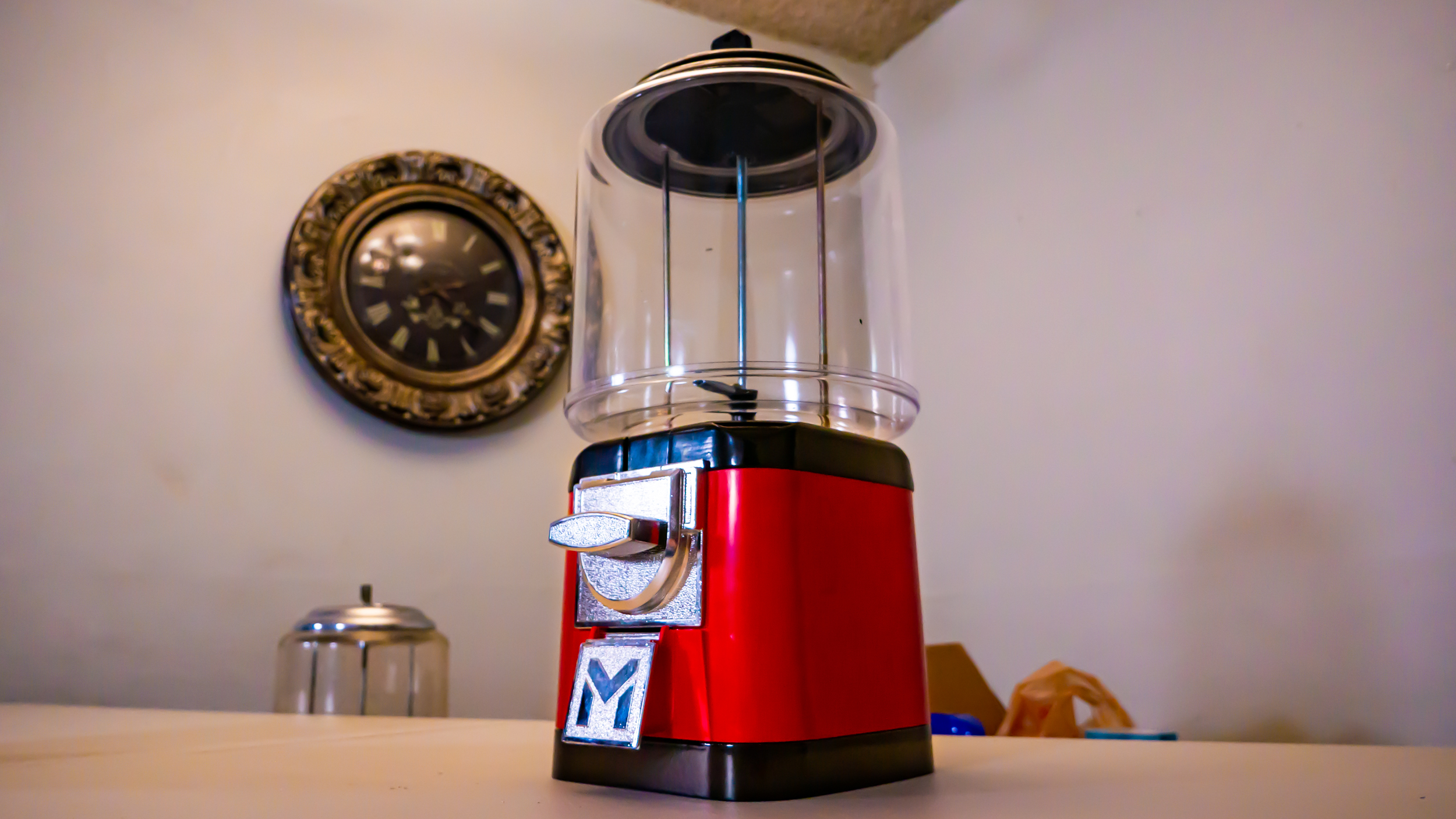
The Art of Vending
Bulk Vending Machines have an interesting history from simple candy dispensing to giving out toys and trinkets. Vend Craft Customs is dedicated to the restoration and customization of these machines and more.

While some will have an idea of what a bulk vender will look like, they actually come in all shapes and sizes.
Beaver Machine
Oak/Eagle
Northern
Other Brands
FUlly Custom
News and Latest posts


